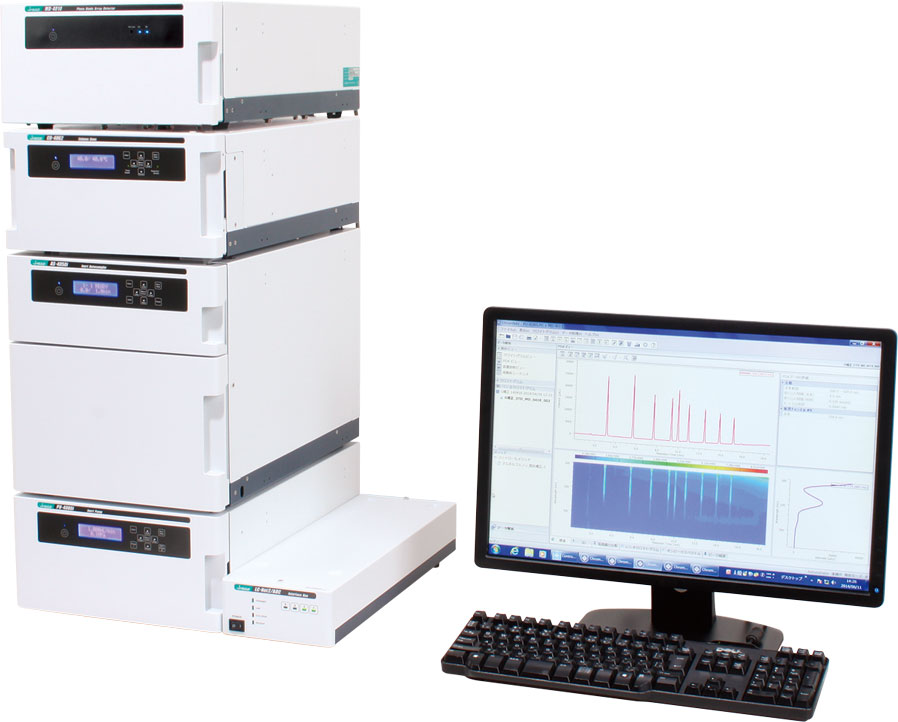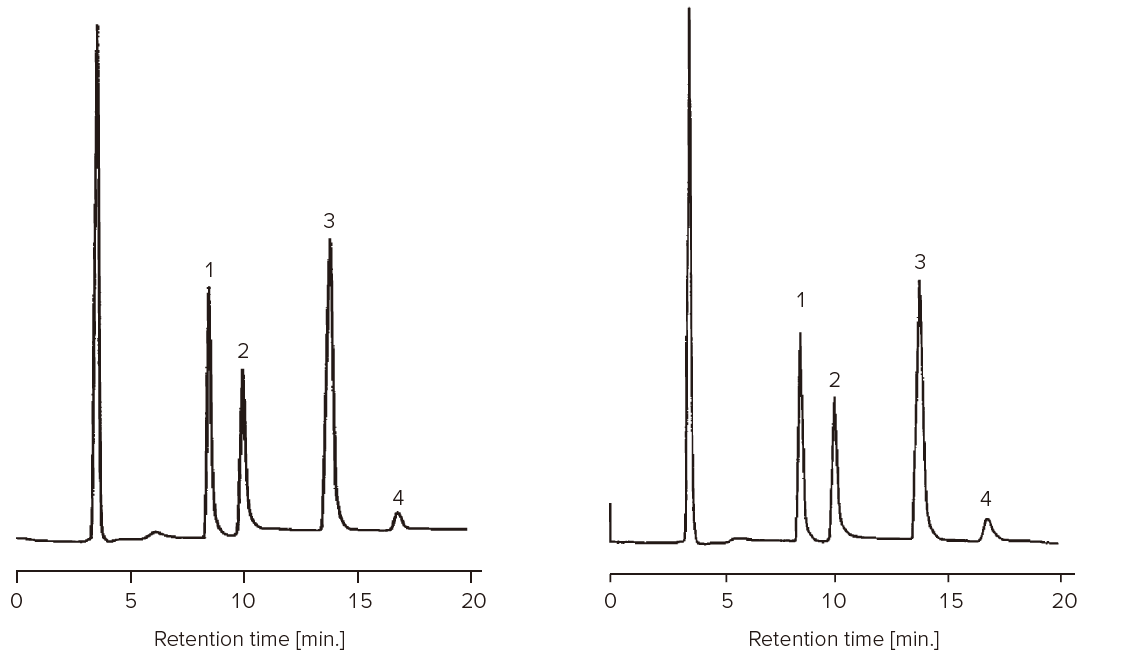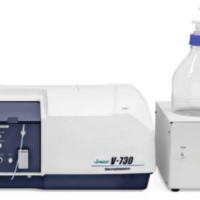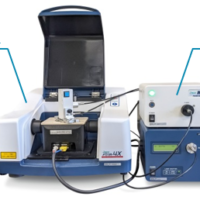Introduction
HPLC is widely used for quantitative analysis and quality evaluation of sugars in food. Depending on the type of sugar which is separated, various chromatography such as hydrophilic interaction chromatography (HILIC), size exclusion chromatography (SEC), ion-exchange chromatography and ligand-exchange chromatography are used. Since the sugar does not have the absorption in the UV region, refractive index detector (RI detector) or evaporative light scattering detector (ELSD) are used generally. Or, the sugars can also be detected by derivatization for attaching fluorophore or chromophore. This article shows the direct detection example of sugars by RI detector.

LC-4000 HPLC system
Experimental
RI detector is the versatile detector utilizing the difference between the refractive indices of eluent and sample, and can detect the sugar even though it does not have UV absorption. In this case, HILIC mode column is generally used.
JASCO RI detector has the following features, and enables to perform stable measurement because it is affected by the external environment hardly.
● Baseline stability by cell temperature control
● Expandability to semi-micro scale and preparative scale
Chromatographic conditions
Column: Finepak SIL NH2
Eluent: Acetonitrile/Water (75/25)
Flow rate: 1.0 mL/min.
Column temp.: 40 °C
Detection: RI detector
Results
Figure 1 shows the chromatograms of strawberry jam and orange marmalade, and Table 1 shows the quantitative analysis result. Monosaccharides (fructose and glucose) and disaccharides (sucrose and maltose) could be separated and quantified very well.

Figure 1. Chromatograms of strawberry jam (left) and orange marmalade (right) (1: Fructose, 2: Glucose, 3: Sucrose, 4: Maltose)
Table 1. Quantitative analysis result
| Strawberry jam | Orange marmalade | |
| Fructose | 1.618 | 1.322 |
| Glucose | 2.804 | 2.609 |
| Sucrose | 2.565 | 2.251 |
| Maltose | 0.583 | 0.873 |
Preparation:
1.0 g of sample was weighed, and then 5 mL of water was added. After mixing it, it was filtrated with 0.45 μm membrane. After that, 5 μL was injected to HPLC.






